Can We Bounce Some Great Recycled-Rubber Ideas Off You?
http://decor-ideas.org 07/22/2013 09:15 Decor Ideas
Tires are one of the world's largest and most problematic sources of waste. But as long as we drive cars, we'll probably need rubber. So until we find an alternative to this modern-day essential, reclaiming and recycling rubber is essential to reducing our landfill waste. While tires and other rubber products have long been recycled for sports surfaces and rubber shoes, they've rarely been used in large quantities — until recently.
Today recycled rubber can be found in everything from furniture to flooring. Keen to help reduce landfill? See here how you can use recycled rubber around your home.
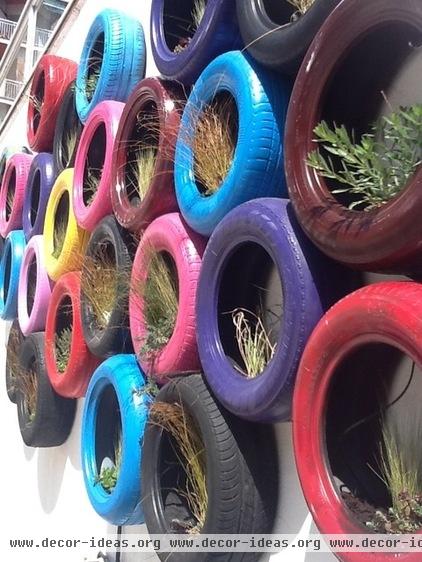
The basics: The major commercial source of natural rubber latex is the para rubber tree (Hevea brasiliensis). This tree is indigenous to South America and was the main source of rubber throughout most of the 19th century. Now Thailand, Indonesia and Malaysia account for more than 70 percent of all natural rubber production.
Natural rubber is removed from the trees via a tap and transported to factories. Synthetic rubber is made through a petroleum production process called polymerization.
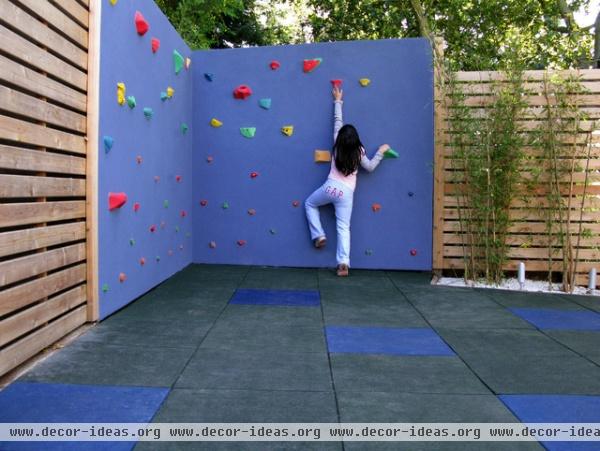
Both natural and synthetic rubber products can be recycled to form new products or to repair damaged ones. Luckily, recycling rubber uses far less energy than producing new rubber, reducing the demand for new product and preventing rubber tree plantations from expanding into sensitive ecosystems.
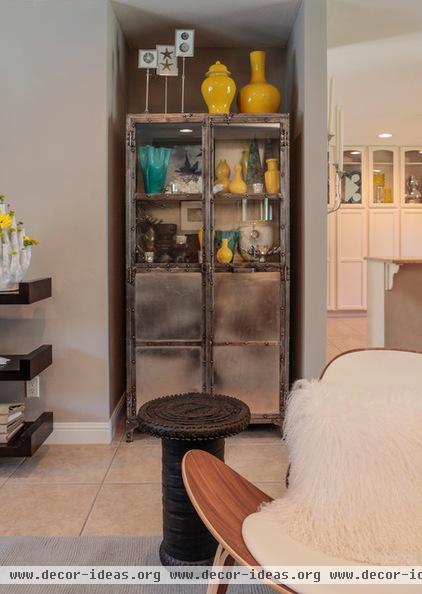
Uses: Rubber's flexible, durable and nonslip surface works well for floor and tile products. Rubber is also used for garden mulches, landscaping, paving, sinks and even furniture.
The rubber coffee table in this photo looks great and keeps coffee mugs from sliding around too!
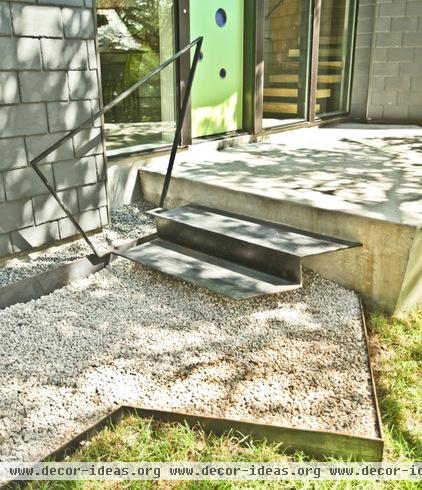
Pros: Recycled rubber is a hardworking antislip material, ideal for bathrooms and kitchens. Today's manufacturing techniques produce recycled rubber in a range of colors and textures, making it an easy fit for any design. Its ability to absorb and deaden sounds makes it great for children's playroom flooring and roof gardens, too.
Recycled rubber's insulating properties also make it ideal for landscaping; as a ground cover it can protect plants from frost. Softer than stone and concrete, it's a good choice for child-friendly areas.
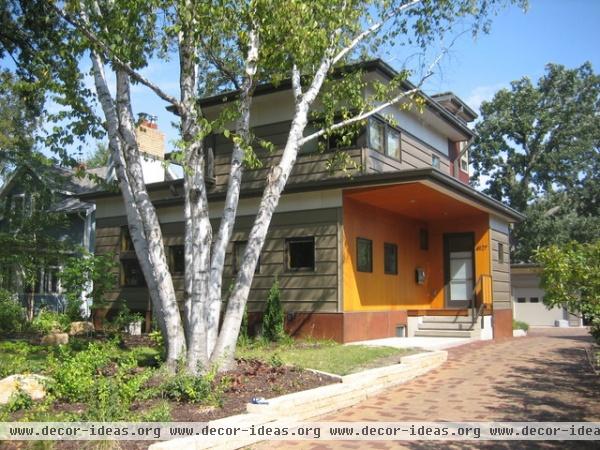
Exterior rubber pavers have a lower embodied energy and absorb force much better than standard concrete versions. They usually contain a very high percentage of recycled rubber and require no adhesive or other chemicals to install.
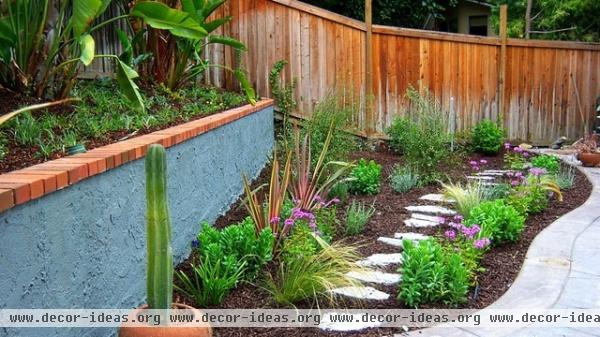
Cons: Most companies who manufacture and sell recycled tire mulch for gardening state that it's completely nontoxic. However, some environmental groups — such as Environmental Human Health — have concerns about toxins leaching into the earth and impeding essential microbes from breaking down the soil for healthy plant growth.
Recycled rubber can also smell unpleasant when it's hot, and certain applications can be expensive.
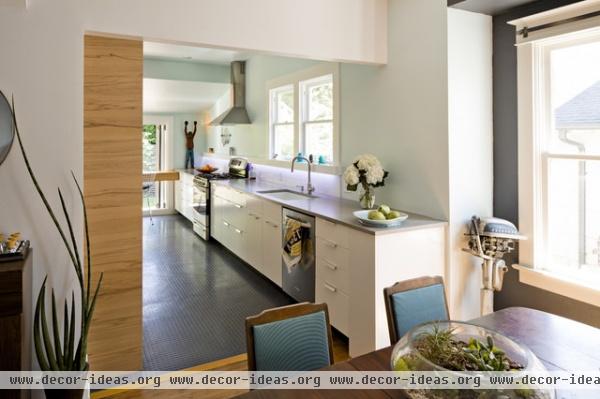
Considerations: The amount of postconsumer recycled content in rubber flooring varies greatly depending on the manufacturer. Some use both recycled and natural rubber, so pay attention to content labels and look for a high percentage of recycled content that's locally produced.
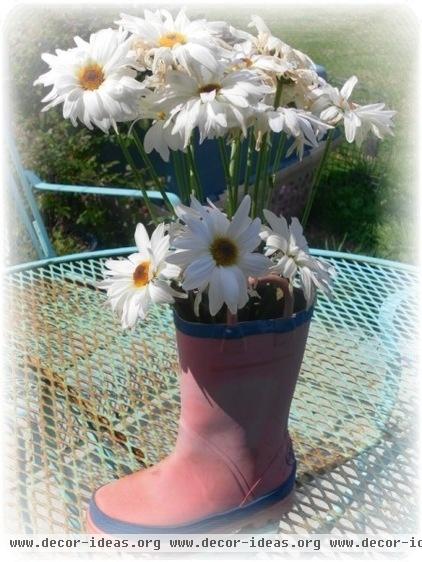
Upcycling: If you find yourself with a leftover rubber tire on your hands, try using it outdoors for a planter or a good old-fashioned tire swing. Of course, it's not just tires that are made of rubber. Those old gardening Wellies can make great planters, too!
Related Articles Recommended












